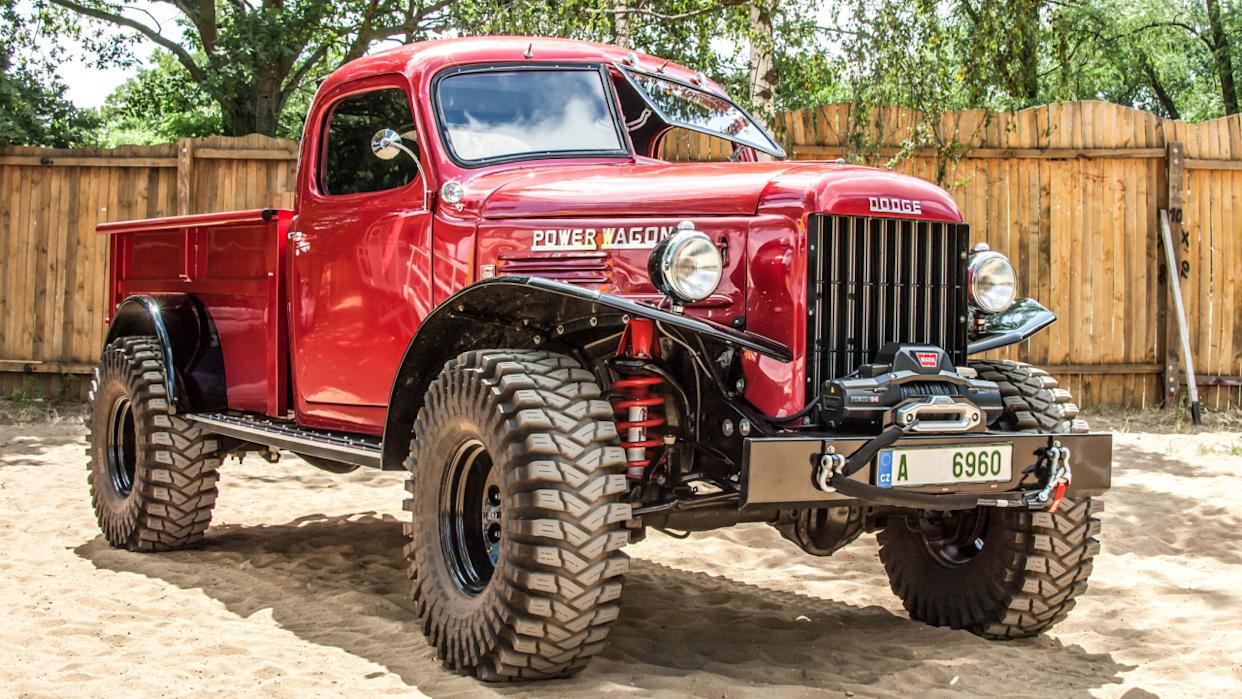
Few vehicles represent strength, resilience, and reliability quite like the pickup truck. These machines have been workhorses, road trip companions, and family staples for generations. Over the decades, specific models rose to the top, not through flashy features, but by proving themselves where it matters most: in the real world.
This list honors the pickups that earned their legendary status through long-haul dependability, innovative engineering, and a reputation for getting the job done. They helped define entire eras of utility and design, and their influence is still felt in today’s most rigid trucks. If you value lasting quality and no-nonsense capability, these are the machines that set the bar.
What It Takes to Become a Pickup Icon
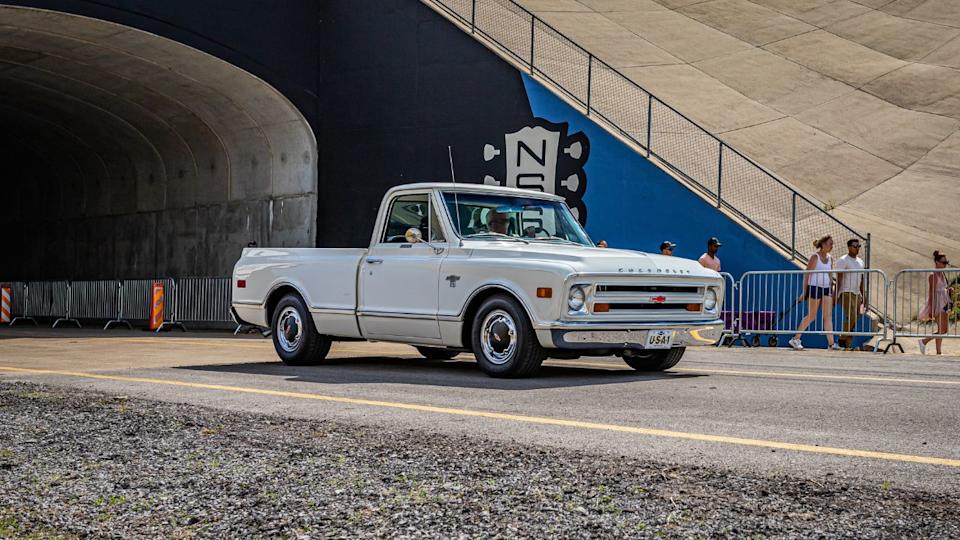
These trucks were chosen for their hard work, real-world toughness, and the kind of reliability that builds loyalty over decades. Whether hauling loads across muddy job sites, logging long miles on the highway, or starting every morning without complaint, these pickups proved themselves where it counts.
We looked at mechanical simplicity, ease of maintenance, and innovative engineering. You know, the things that keep a truck going strong long after the showroom shine fades. Sales numbers and cultural impact mattered too, but only when backed by real capability and a reputation for lasting value.
Ford F-Series
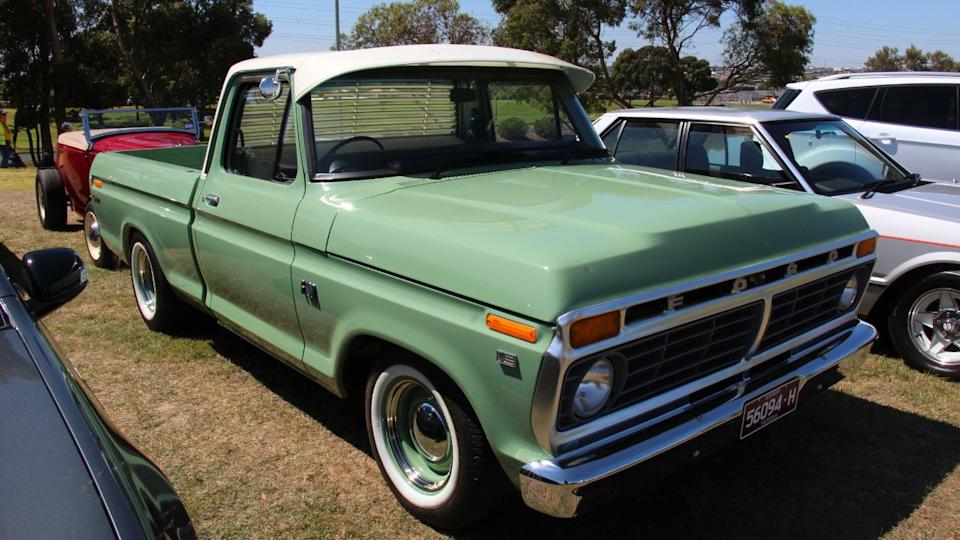
This generation of the Ford F-Series carved its reputation in the oil fields, farms, and logging roads of North America. Owners valued it for its unshakable frame and uncomplicated maintenance, keeping these trucks alive long after odometers circled twice.
While they're popular to modify today, they weren’t built for show. The now-iconic square body design reflected a no-nonsense approach that favored strength over style. In the hierarchy of American pickups, this era of the F-Series became the blueprint for lasting utility.
Toyota Hilux
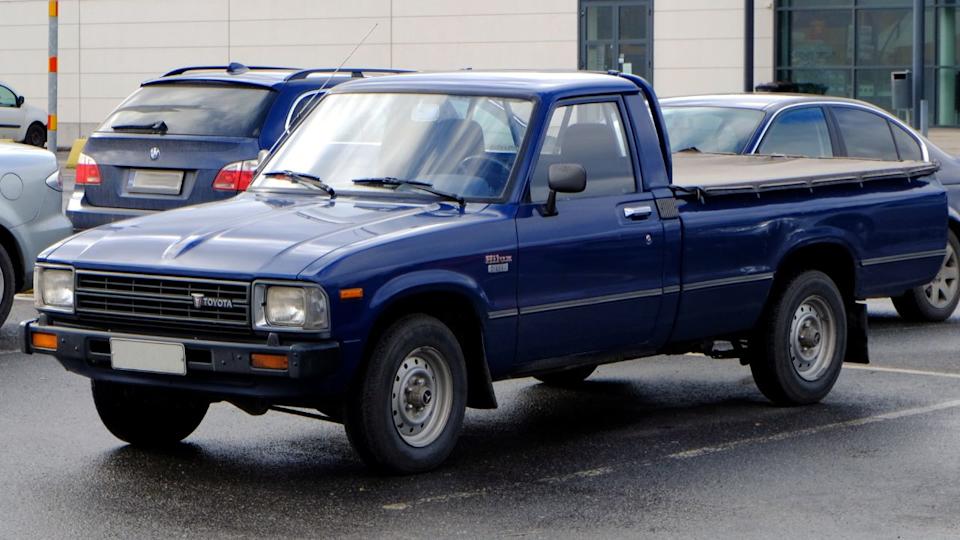
Few trucks have earned global trust like the early Toyota Hilux. From the Australian Outback to South American mountain trails, it proved its worth through sheer resilience in punishing environments. It became the vehicle of choice in places where reliability was essential, revered for its refusal to break down even after decades of hard use.
The Hilux became more than just a vehicle—it was a lifeline in remote regions, as it became a survival tool in areas without service stations or paved roads. That reputation still defines the brand’s approach to rugged engineering.
Chevrolet C/K Series
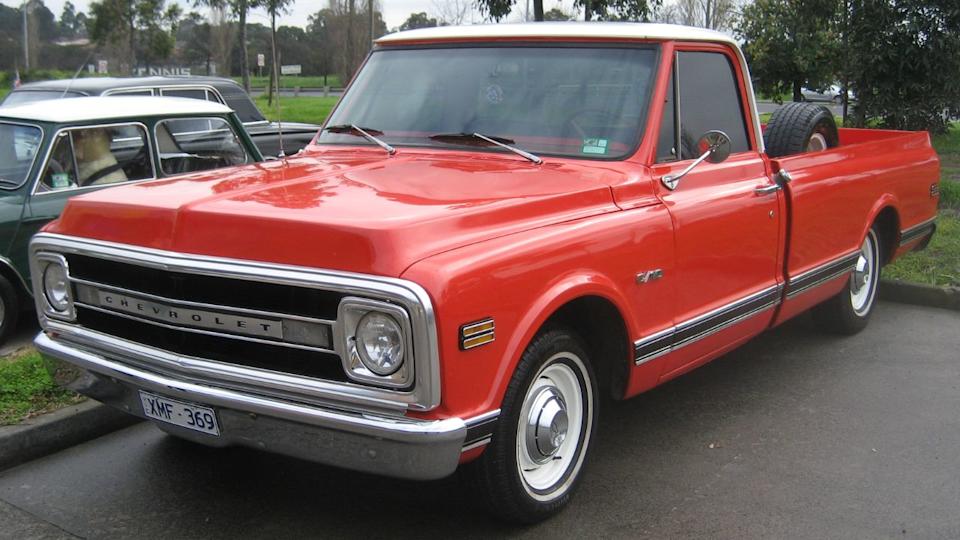
This generation of the Chevrolet C/K combined industrial-grade toughness with a rising attention to everyday drivability. It introduced features like independent front suspension and stronger steel in key areas, making it suitable for both hauling and highway comfort. Powered by a broad range of reliable engines, it provided options for contractors and family users alike.
What gave it staying power was its ability to take abuse year after year without quitting. Its design continues to influence restomod and classic pickup culture, yet its reputation is rooted in utility, not nostalgia. This truck helped define what a multipurpose pickup could be without compromising its core job-first character.
Dodge Power Wagon

Originally adapted from military service, the Dodge Power Wagon was built for a world rebuilding itself after WW2. It was one of the first pickups offered with four-wheel drive from the factory, giving it an edge in forestry, mining, and remote agriculture. With a heavy-duty frame and torque-rich flathead engines, it tackled terrain that stopped lesser trucks cold in their tracks. Compared to its modern namesake, the original Power Wagon may seem spartan, but every inch was engineered with purpose.
The Power Wagon did not rely on marketing. Its presence in unforgiving industries spoke louder than any , proving that utility could have depth and that innovation in pickups could come from meeting the world’s harshest demands.
Nissan Hardbody
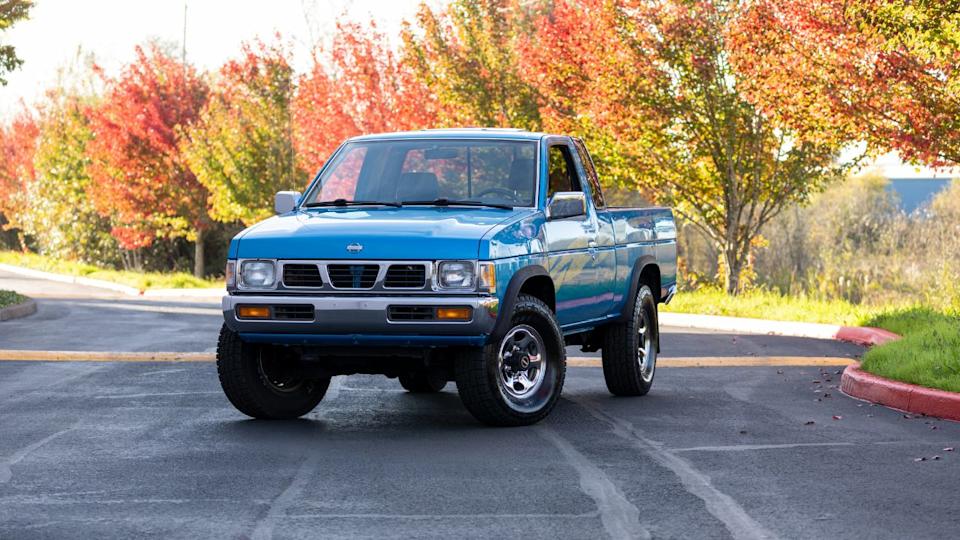
The Nissan Hardbody earned its stripes by blending compact efficiency with serious endurance. Its double-walled bed, tight panel gaps, and stout construction gave it a toughness usually reserved for larger rigs. It thrived in small business fleets and off-road builds alike, becoming a quiet champion among those who valued consistency over popularity. With fuel-efficient yet reliable engines and a suspension system that welcomed rough treatment, the Hardbody rarely needed defending.
It simply outperformed and outlasted the competition, often running for hundreds of thousands of miles with minimal intervention, building its legacy one mile at a time, while others were busy boasting.
Jeep Gladiator
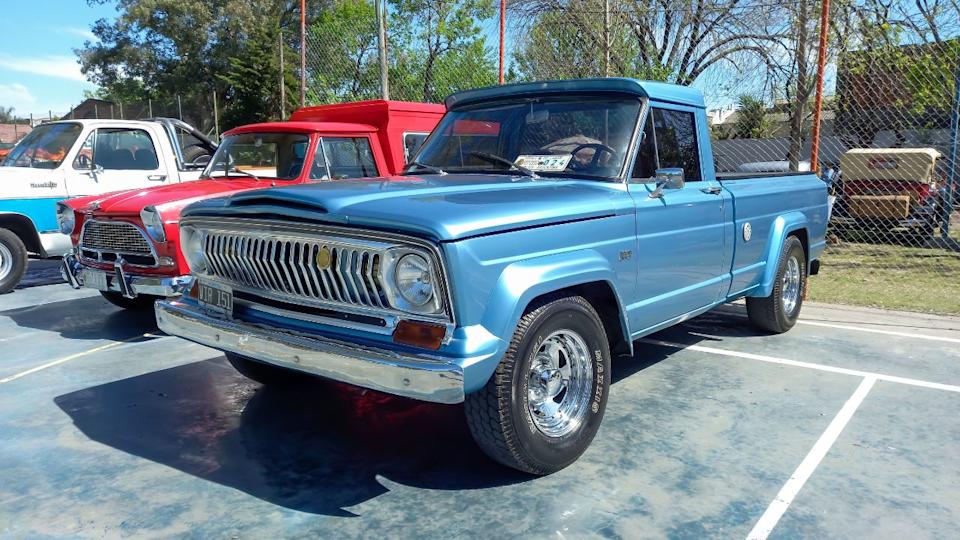
The original Jeep Gladiator served as a bridge between military utility and civilian toughness, delivering off-road confidence paired with legitimate work capabilities. Built on a rugged full-size frame and equipped with optional four-wheel drive, it handled both rough terrain and heavy loads without compromise. It shared its DNA with the Jeep Wagoneer, which meant advanced comfort features appeared earlier than in many competitors.
Yet the Gladiator’s true strength was its mechanical resilience, especially in rural and mountainous regions where maintenance had to be minimal and results had to be immediate. Its long production run shows its adaptability and reputation among outdoor professionals and enthusiasts. This was a truck that brought grit and function to places where you wouldn't find paved roads.
Studebaker Transtar

The Studebaker Transtar stood out in a competitive era by offering durability with a distinctive sense of craftsmanship. Built on a robust frame with powerful V8 engine options, it delivered consistent performance for use on farms, rural roads, and industrial work sites. Its cab design provided better visibility and driver comfort than many of its contemporaries, while the drivetrain proved reliable under long-term pressure.
Collectors and vintage truck enthusiasts still seek them out for restoration because they represented an era when trucks were built to serve with strength and character. The Transtar earned its place in pickup history by staying true to its purpose and enduring long after the factory doors closed.
Land Rover Defender Pickup
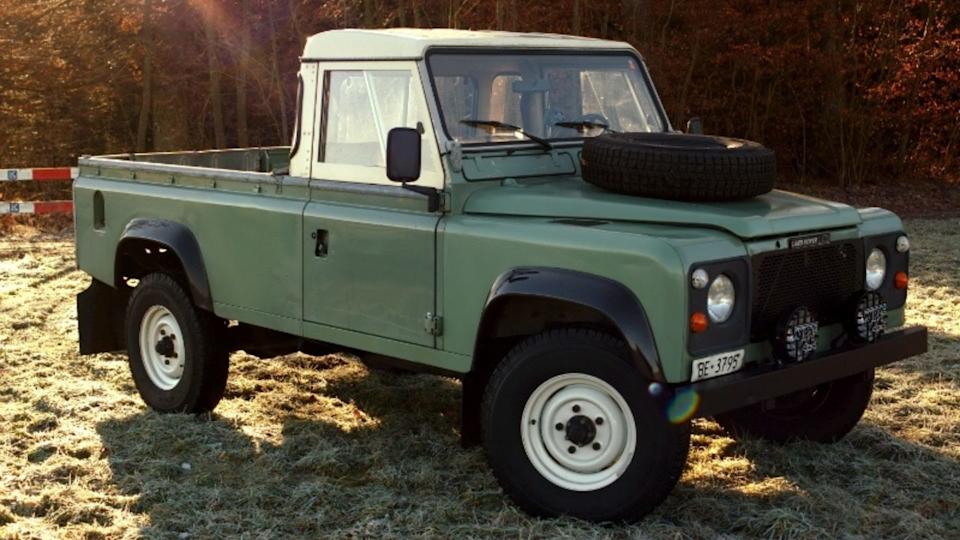
The Land Rover Defender in pickup form was engineered for survival and functionality in the harshest climates on earth. I doubt the manufacturer ever even considered things like comfort and aesthetics. Built on a ladder chassis and powered by resilient diesel engines, it famously tackled rocky deserts, flooded jungles, and remote farmland with stoic consistency. Its mechanical components were intentionally kept simple to ensure repairability far from civilization.
Farmers in Scotland, aid workers in Africa, and explorers across continents trusted it to carry both gear and burden in places where infrastructure failed. Its legacy is measured in endurance through the unforgiving unknown.
GMC Sierra 1500
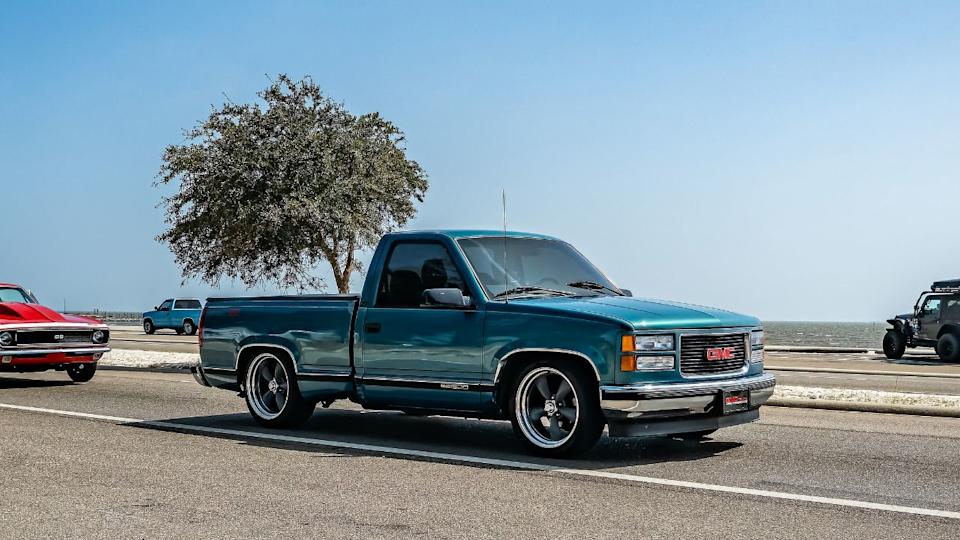
GMC Sierra 1500 blended classic V8 strength with modern refinement, creating a full-size truck that could balance work and everyday life with ease. Built on a strong platform, it featured improvements in chassis stiffness, braking, and fuel efficiency without compromising its hauling capabilities. Its engine lineup became known for reliability well beyond 200,000 miles.
These trucks earned the trust of landscapers, builders, and families alike, often serving as both tool and transportation. What set it apart was how it handled long-term use without succumbing to common mechanical pitfalls. It became a staple in fleets and households where reliability had to be a daily reality.
International Harvester Scout Pickup
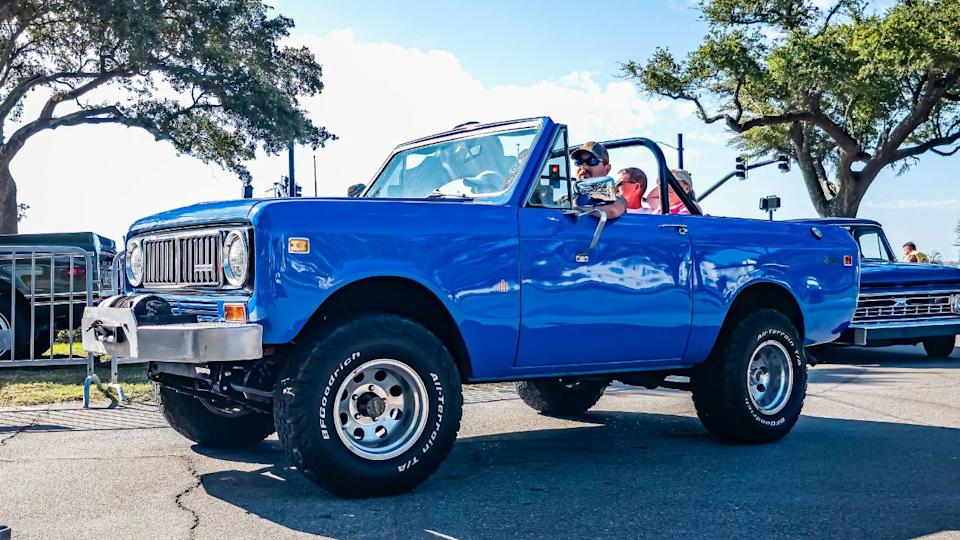
The Scout pickup from International Harvester was a rugged utility machine born from the same DNA as the brand’s agricultural equipment. It was crafted for the field, offering a no-frills approach to transportation that farmers and ranchers could count on. With selectable four-wheel drive and stout axles, it served those who needed to get to remote pastures or backcountry sites without hesitation. Its steel body and utilitarian interior reflected a focus on durability rather than comfort.
These trucks held up for decades under severe use, gaining a cult following among restoration enthusiasts. The Scout pickup carved out a place in history by refusing to compromise its purpose.
Mazda B-Series
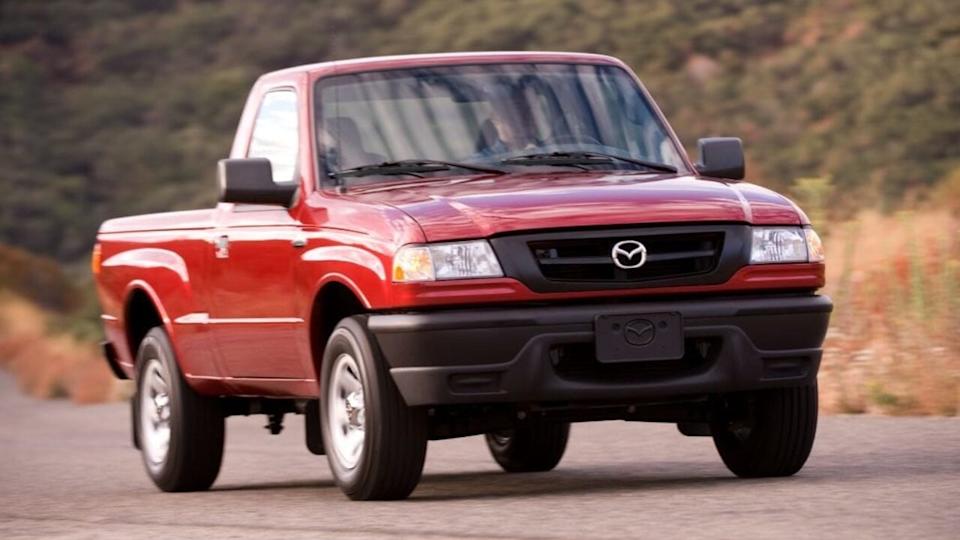
The Mazda B-Series delivered reliable, no-nonsense performance to drivers who valued practicality over prestige. Lightweight yet remarkably strong, it offered efficiency without sacrificing payload capability. With simple mechanics and well-balanced suspension, it adapted well to both urban deliveries and rural chores. These pickups earned praise for low maintenance costs and long-term dependability, often reaching high mileage without major failures.
In an era of growing truck sizes, the B-Series proved that compact utility still had a strong role to play. Its influence remains visible today in how manufacturers approach affordable, work-focused pickups around the world.
Chevrolet S-10
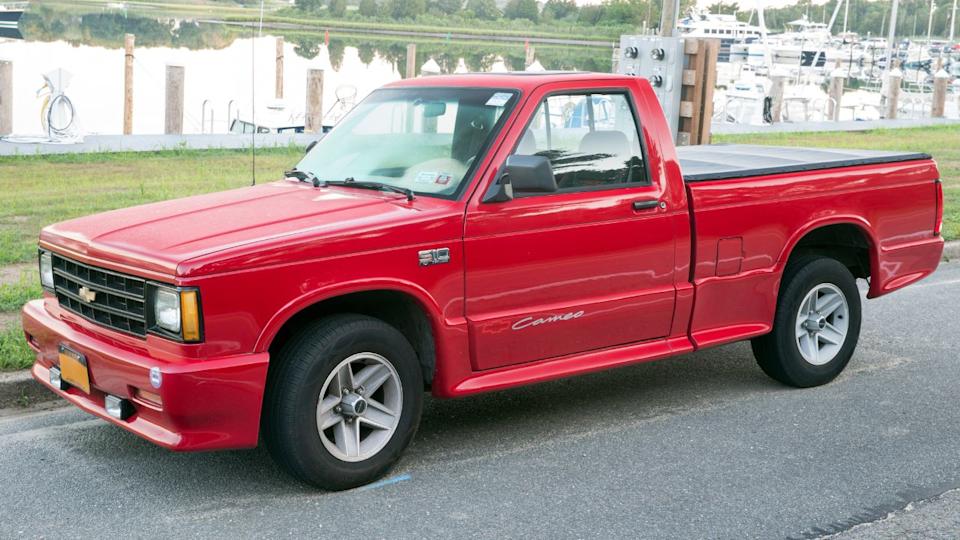
As one of the first domestically produced compact pickups, the Chevrolet S-10 introduced American drivers to smaller truck utility with familiar powertrain reliability. Built to handle light commercial tasks and personal utility, it struck a balance between manageable size and rugged construction. With a wide range of engine options, it adapted to both city and off-road use.
Mechanics favored it for accessibility and parts availability, which kept ownership costs low over time. It became a staple in trades, delivery routes, and rural backroads thanks to its no-nonsense approach to durability. The S-10 stood as a practical alternative to oversized pickups while still delivering serious performance when needed.
Dodge Ram 1500
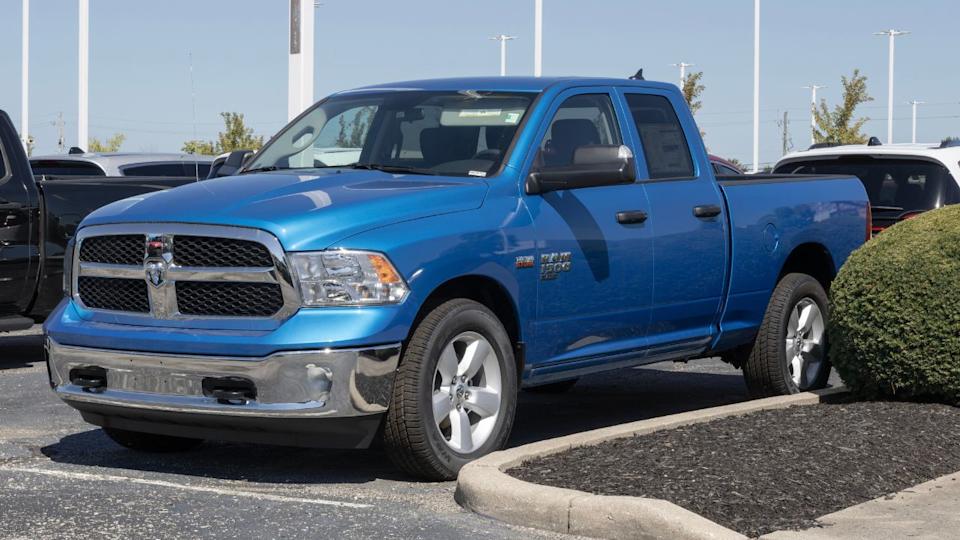
The Dodge Ram 1500 redefined what a full-size pickup could be, introducing bold design with the toughness to back it up. Its aggressive front-end styling turned heads, but its real impact came from underneath: a durable frame, strong suspension, and the trusted engines that delivered serious pulling power. It marked a turning point for Dodge, bringing the brand back into serious contention in the truck market.
Owners praised it for its ability to handle demanding workloads while offering comfort and innovation rarely seen in pickups of the time. High-mileage examples still roam roads and job sites today, a testament to the build quality and engineering focus behind the design. The Ram 1500 proved that a truck could evolve without sacrificing its core values of strength, reliability, and purpose-driven performance.
Enduring Strength Never Fades
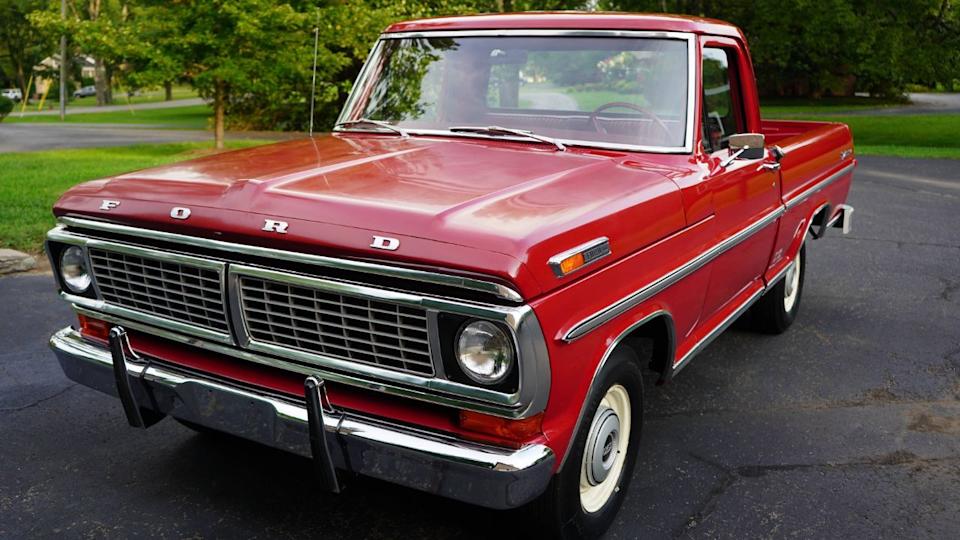
The trucks featured here were built to last. Their legacy was forged in long miles, demanding jobs, and the trust of those who relied on them every day. Over the years, they’ve proven that real utility comes from purpose-driven design and true staying power.
With time, they became benchmarks as they held their ground through changing times and rough conditions. As technology continues to push the industry forward, these legends remind us that the heart of every great truck is still defined by strength, dependability, and the road it was built to conquer.
Like our content? Follow us on MSN for more. Read More:

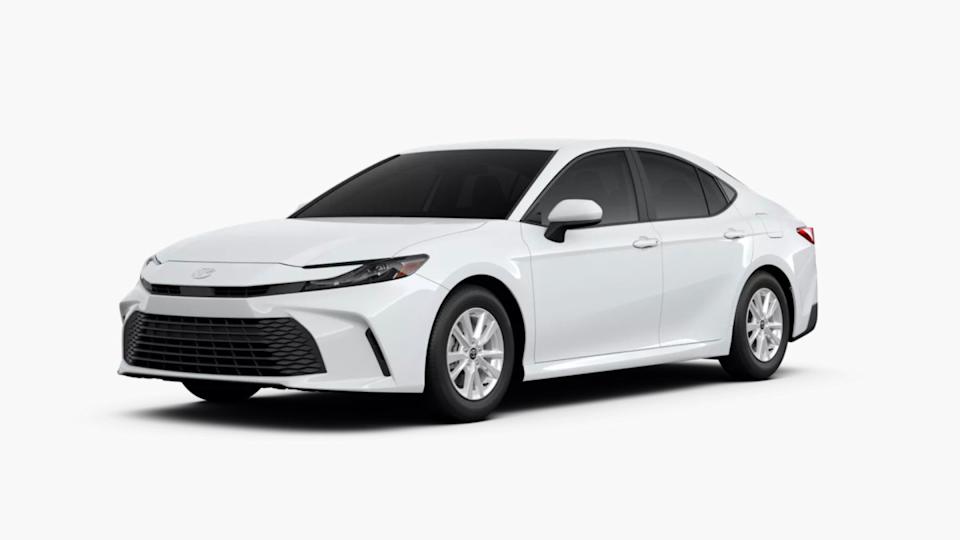
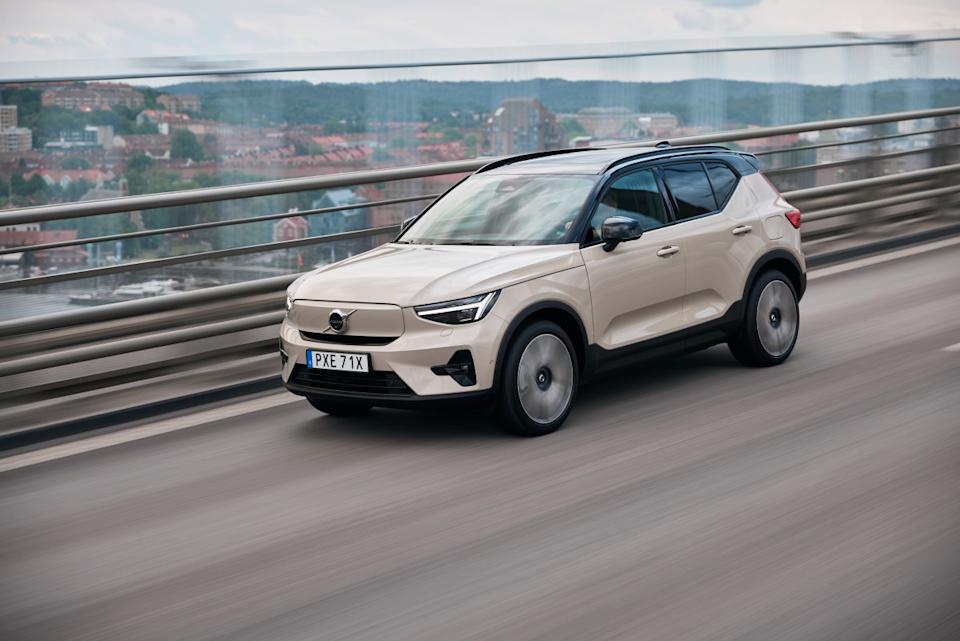
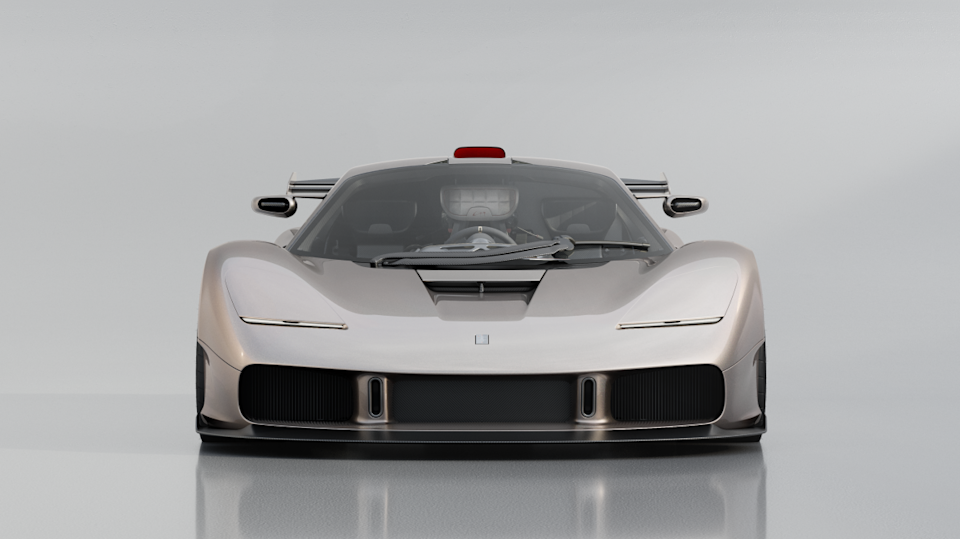
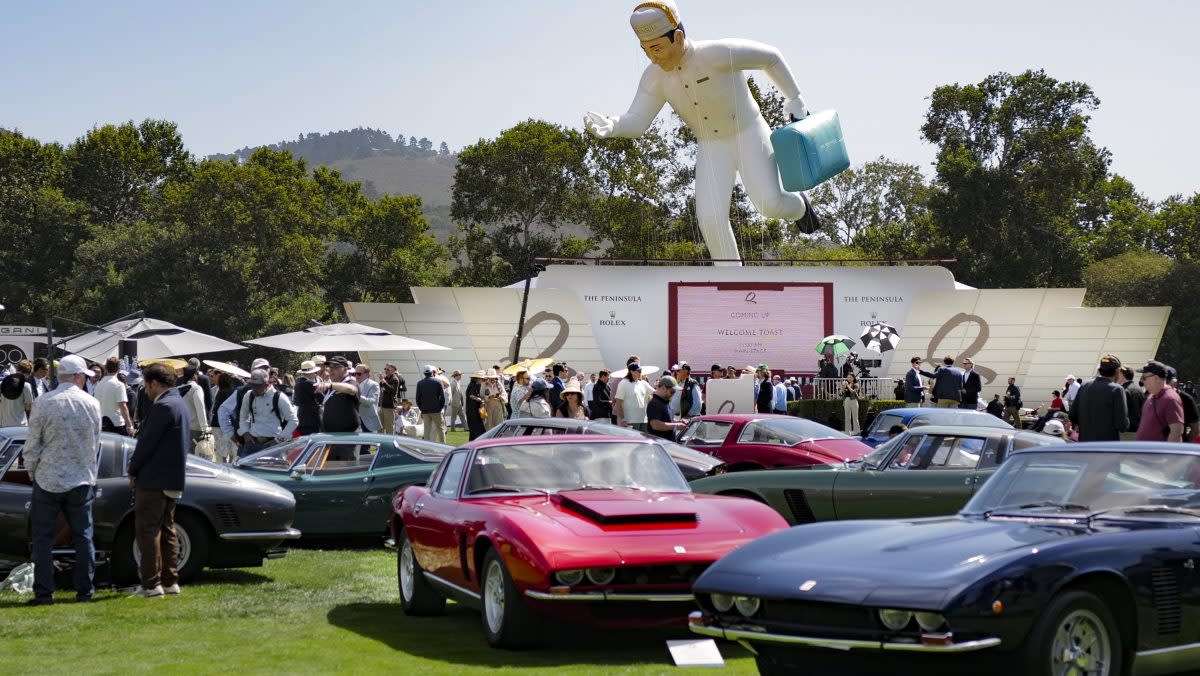
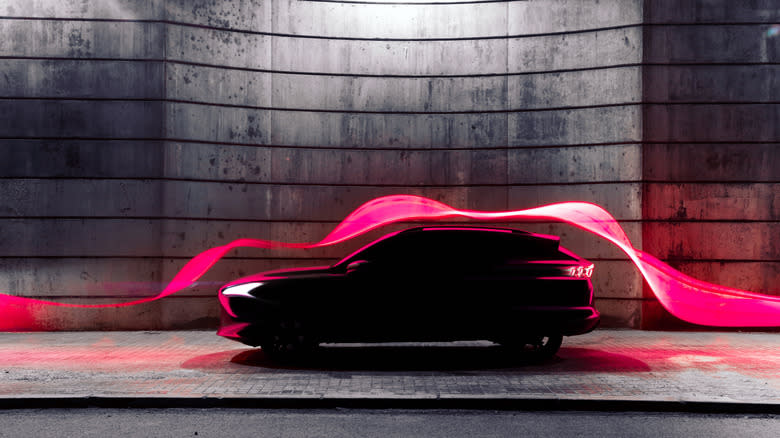

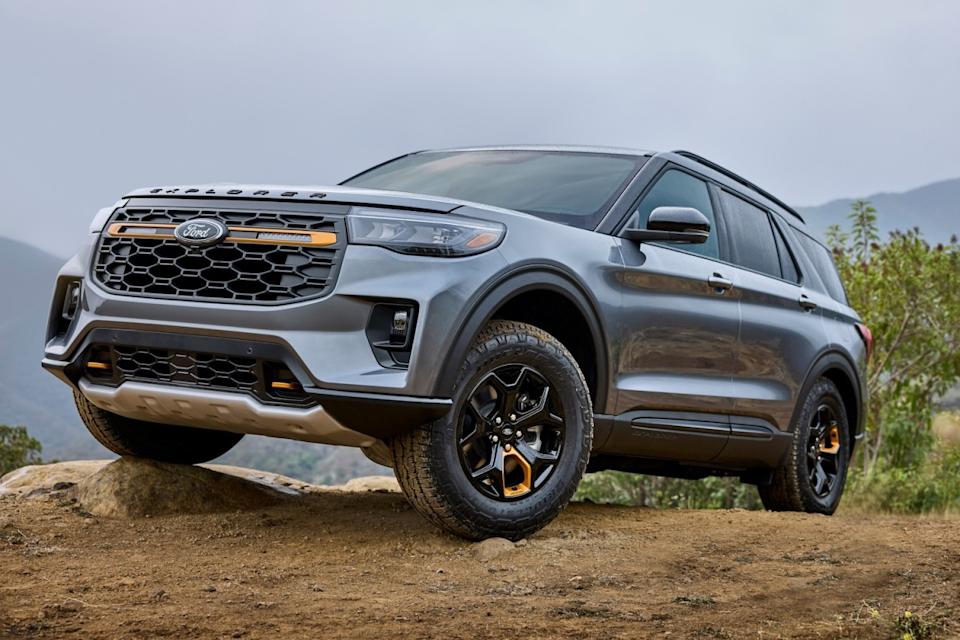
Comments